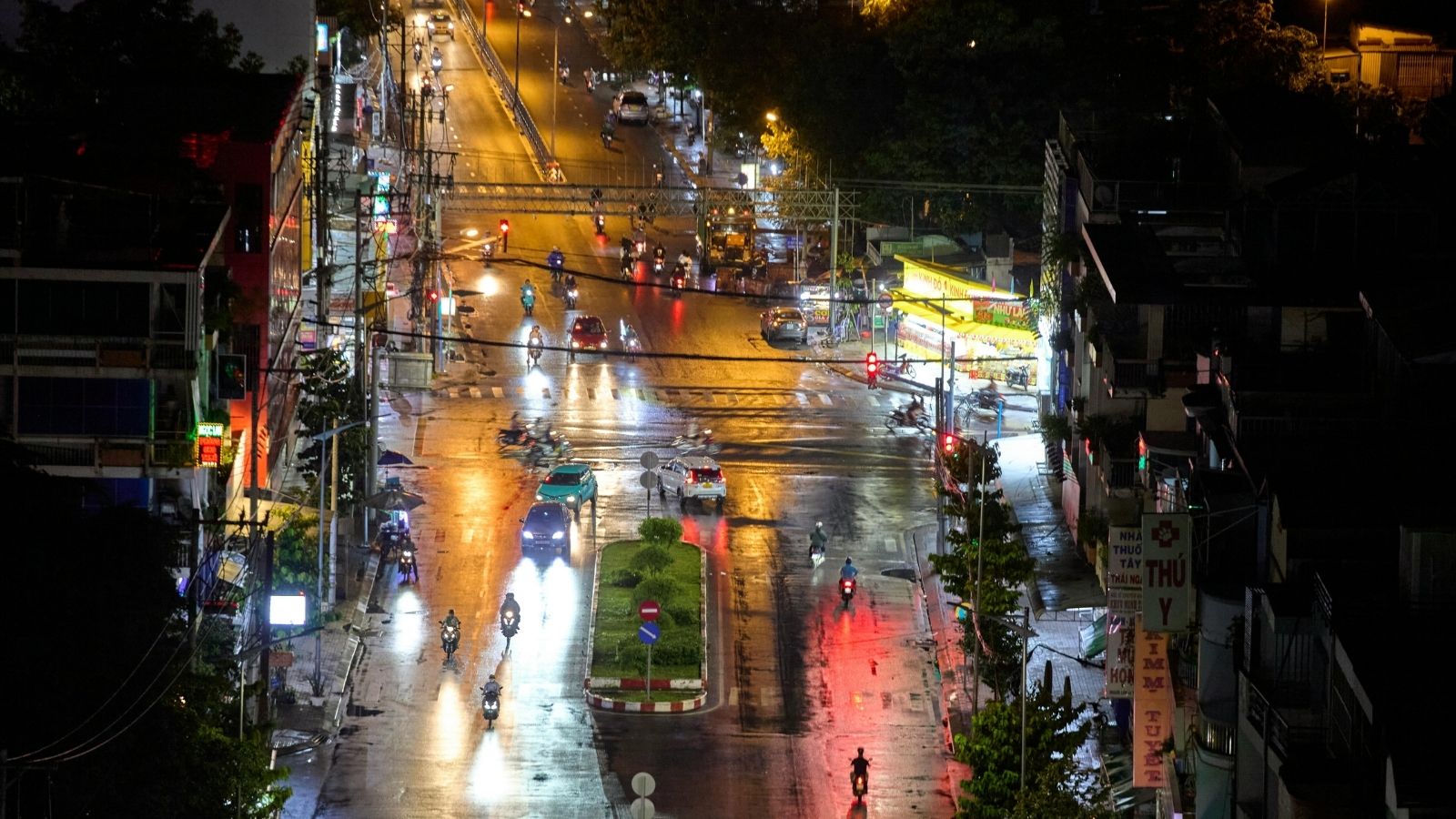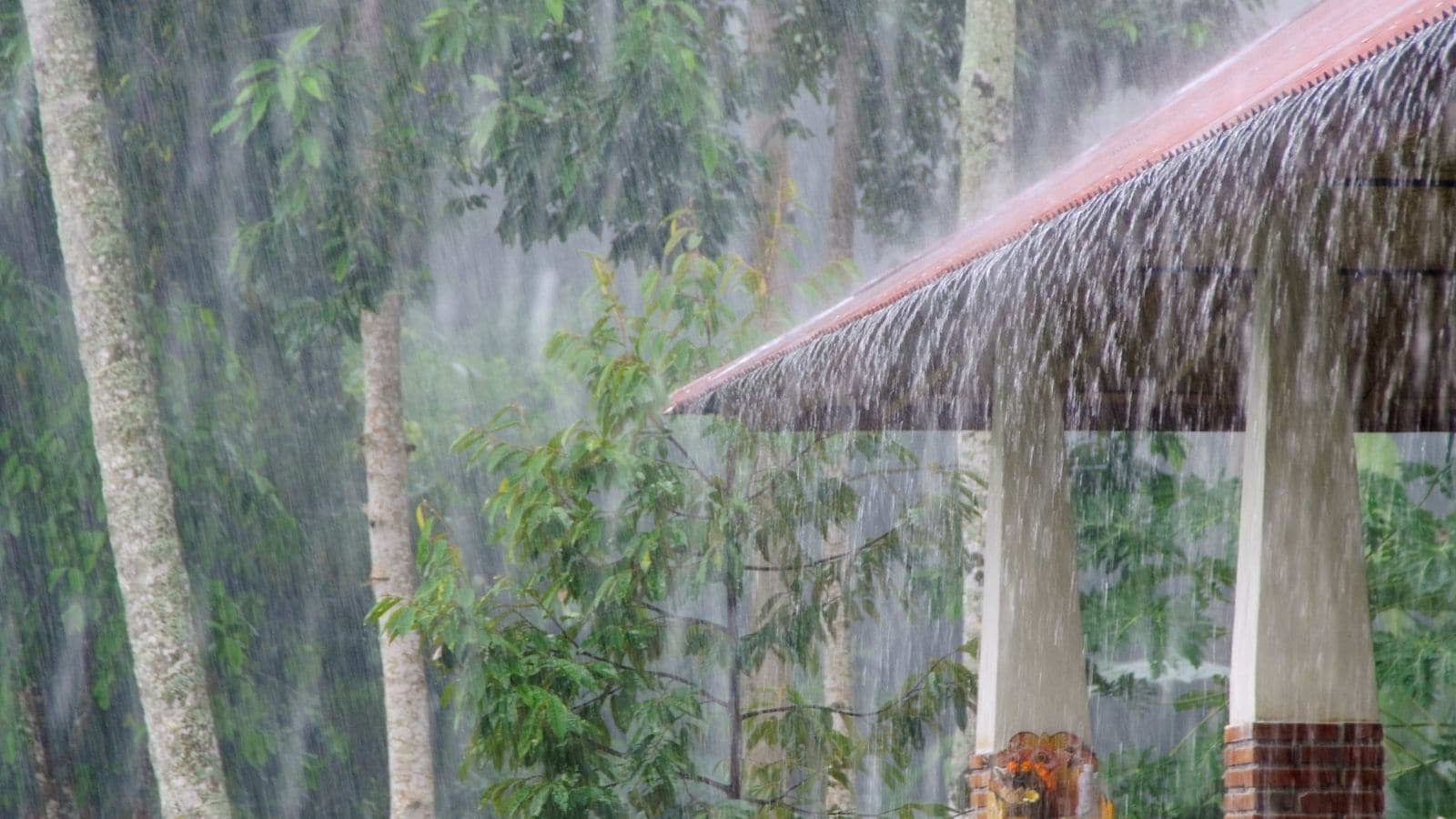ARTICLE AD BOX
Last Updated:October 29, 2025, 16:00 IST
The attempt to induce artificial rain over Delhi through cloud seeding remained unsuccessful, while more experiment were in the pipeline.

China: One of the global leaders in artificial rain technology, with a national strategy to blanket over 5.5 million square kilometres by 2025. The country is using AI-driven weather forecasting and a massive fleet of planes and rockets to create rain for drought-relief, agriculture and large-scale events. (Image: Canva)

United Arab Emirates (UAE): It has actively participated in cloud seeding since 1982. It also implements modern technologies like AI, drones, and hygroscopic salt flares to bring rainfall. (Image: Canva)

United States (USA): Cloud seeding is widely practised in America, particularly in states that are prone to drought like California, Colorado and Texas. The artificial rain technology is used to boost snowpack, water supply and the agriculture sector. (Image: Canva)

India: The country uses cloud seeding procedures mainly during droughts to support agriculture and urban water needs. States like Maharashtra, Karnataka, and Tamil Nadu have hosted successful operations in collaboration with private firms and international experts. On Tuesday, a small, single-propeller aircraft operated by IIT Kanpur hovered over northwest Delhi and parts of the National Capital Region on Tuesday, firing silver iodide flares in two cloud seeding trials that failed to produce rain (Image: Canva)

Thailand: Royal Rainmaking Project, initiated in the 1950s, is one of the world’s longest-established and best-known cloud seeding operations. The country uses artificial rain for agricultural purposes, reduces pollution, and manages water resources, with new and better seeding agents and delivery techniques. (Image: Canva)

Russia: The country uses cloud seeding for the agriculture sector, drought management, and climate concerns across the nation. The technology also aids in forest fires and regulates water resources in dry regions. (Image: Canva)

Australia: It is actively participating in cloud seeding for agricultural purposes and to boost hydroelectricity generation, especially during times of drought, and to manage water across the region. (Image: Canva)

Saudi Arabia: The first cloud seeding operation was introduced in 2022 to bring rain, reduce the impact of desertification and improve the overall condition of water resources. (Image: Canva)

Pakistan: It recently began cloud seeding in 2023 to combat hazardous pollution levels and drought. (Image: Canva)

Indonesia: It takes help of the cloud seeding to reduce the risk of flooding and to manage water resources during the rainy season. (Image: Canva)
News Photogallery world Cloud Seeding: These Countries Are Using Artificial Rain Technology

 11 hours ago
5
11 hours ago
5








 English (US) ·
English (US) ·